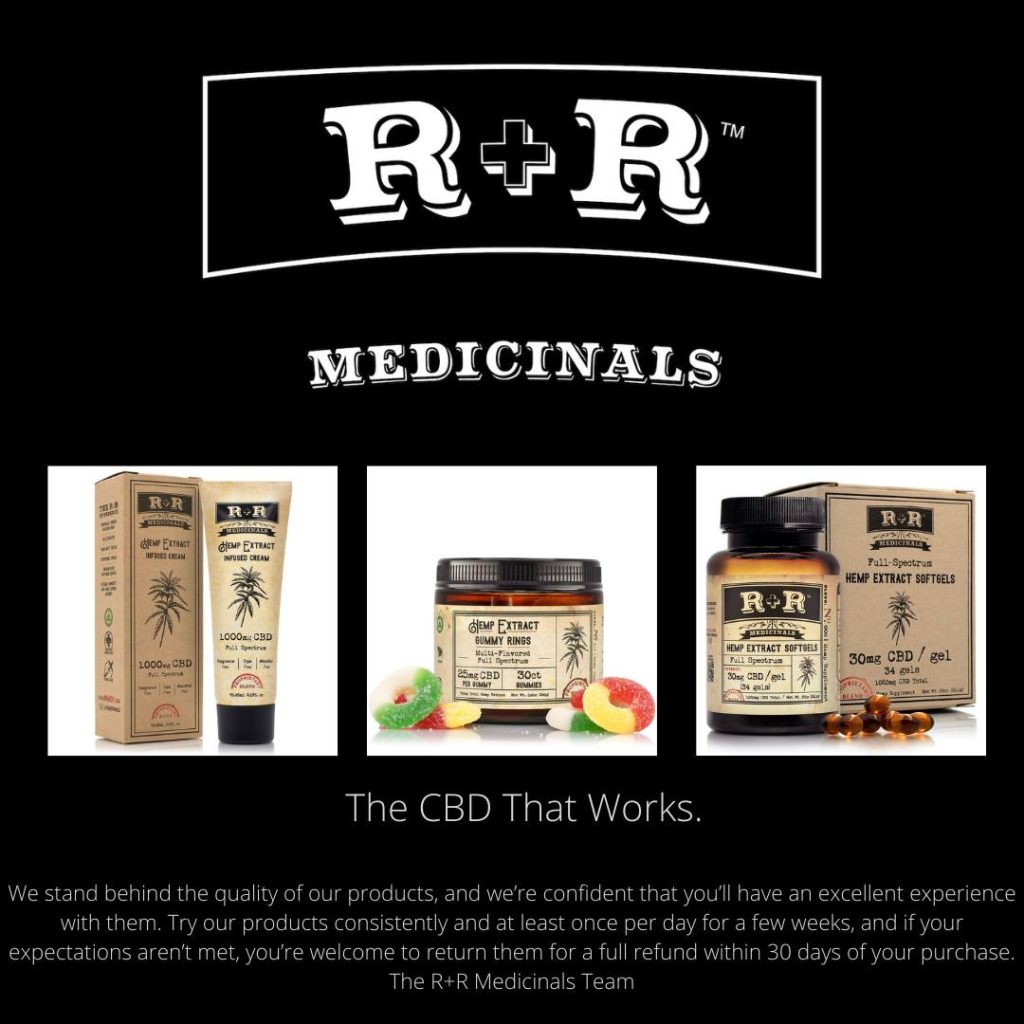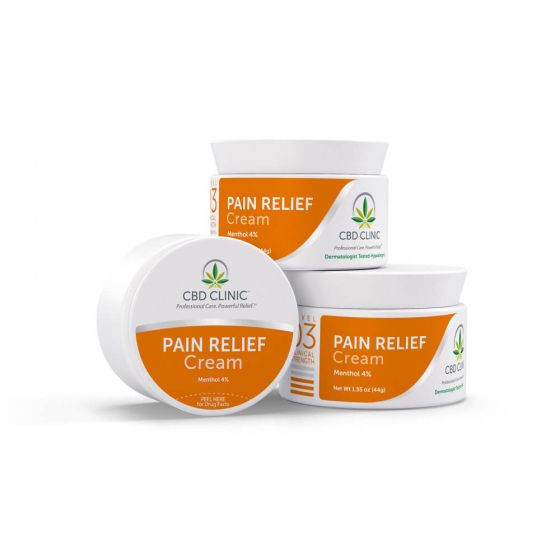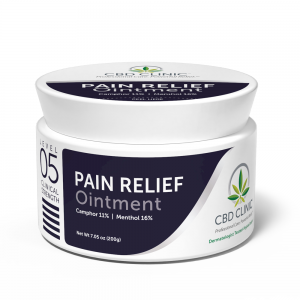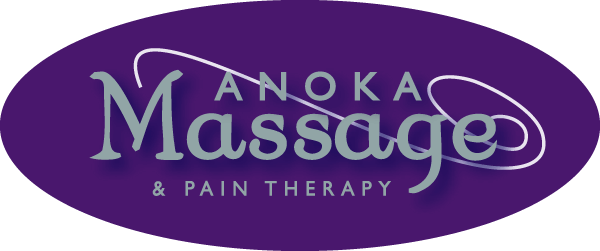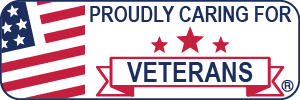Discover CBD
As your Certified CBD Advisors, we are here to help you, to answer your questions, and to educate you with the most up to date information about CBD.
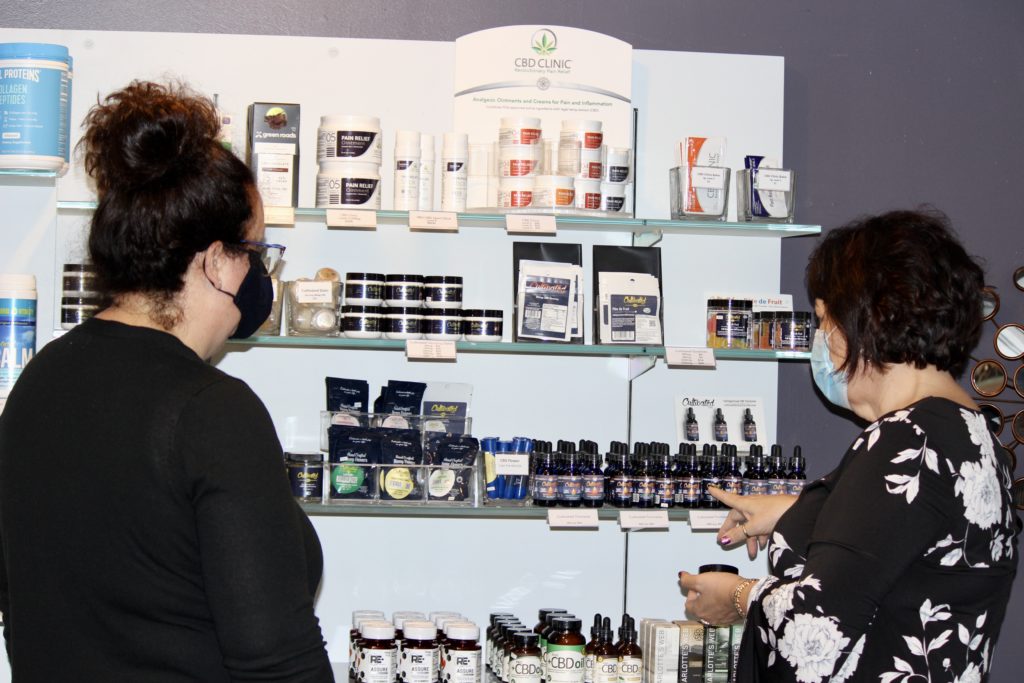
What is CBD?
CBD short for cannabidiol was discovered in 1940 and is one of over 113 active compounds found in the hemp plant called cannabinoids. CBD works naturally to help reduce pain, anxiety, and sleep issues without any mind-altering effects for the person using it.
How it works
The human body’s endocannabinoid system consists of tiny receptors that play a key role in regulating pain, mood, and everyday experience. CBD helps these receptors stimulate all kinds of beneficial changes throughout the body. You could even say our bodies are hard-wired to benefit from CBD.
The benefits
CBD can help people feel more balanced. It also assists in helping people with soreness, anxiety, headaches and sleeplessness. It is the perfect solution to quiet your mind.
Q&A
We have answered some common questions about CBD below. Call us if you have other questions or if you are interested in naturally improving your life with CBD. Ask to speak with a Certified CBD Advisor. We will be happy to help you! 763.421.2807
CBD stands for cannabidiol, a compound extracted from cannabis plants, and the main compound found in the hemp plant. CBD is often touted as non-psychotropic, meaning it won’t produce a “high” or affect our motor functions in the way a high-THC strain of cannabis might.
What CBD Products are Available and How to Use
There are several delivery forms for CBD, and ultimately it comes down to personal preference and what works best for you. The most important thing to consider is bioavailability, which refers to how much and at what rate CBD gets absorbed into the bloodstream. A substance delivered intravenously is assumed to have 100% bioavailability, and other routes of administration are compared to the intravenous route as a ratio for the percentage bioavailability. Here are some common CBD products.
Topicals are best known for localized relief soreness or inflammation. This method of absorption is best for those that want the therapeutic benefits of cannabis without the psychotropic effect. Common topicals are lotions, balms, and oils. Topicals are great for post-exercise soreness, post massage soreness and skin conditions like rashes.
Tincture The base product is usually vegetable glycerin, coconut oil, ethanol, vinegar, or alcohol, but can be a mixture of these as well. The purpose of the base ingredients is to dilute the solution so it can be mixed with other ingredients. Tinctures are excellent for applying to food, drinks, dressings, etc. because of its capability to mix well and have a low taste profile.
CBD tinctures are taken by placing the dose under the tongue where it can be absorbed sublingually – through the mucous membrane in the mouth. Try to keep the CBD tincture under your tongue for 30 – 60 seconds. The longer you can hold, usually the better it will absorb.
The sublingual gland is one of three complex major salivary glands located underneath your tongue. These glands are vessel-rich tissue that allows absorption into the bloodstream very quickly. Consuming CBD sublingually involves placing cannabidiol liquids under the tongue allowing the cannabinoids to enter the bloodstream through mucous membranes within the sublingual cavity. Since no enzymes break the CBD molecules down and it does not travel through the stomach, CBD is able to reach the bloodstream much more efficiently. As for bioavailability, a sublingual dose may be anywhere from 20–35%.
Inhalation One of the most commonly known routes of inhalation is the process of smoking. This is the combination of igniting the aerial parts of cannabis (flower/buds) with fire, heating the plant to its combustion point. Typically used in a pipe or joint fashion, this method allows the individual to consume a full profile of terpenes, flavonoids, and numerous other compounds.
One study shows that inhaling CBD has up to a 5x higher bioavailability than oral ingestion with a bioavailability of 31%. This route of administering CBD is usually felt within 2-3 minutes and can last anywhere from 2-3 hours. Smoking CBD is often effective for reducing or subsiding acute symptoms that need to be addressed quickly such as painful muscle spasms, nausea, vomiting, and headaches or migraines.
Ingestibles include edibles. Ingesting CBD comes in many forms; from pure CBD capsules to infused teas and desserts, consuming CBD internally has been acknowledged for its long-lasting effects and its easy dosing. Most purchased CBD edibles come in pre-dosed servings, making it simple to calculate how much CBD you’ve consumed and how much is needed to ingest for achieving the desired outcome. CBD taken orally enters the bloodstream after being digested in the stomach and is absorbed in the intestines. A published study by the U.S. National Library of Medicine, suggests that ingesting CBD with fatty acids may bypass this “first pass effect” and increase absorption rates of CBD after ingestion.
The right treatment and dosage are particularly individualized. It can vary on the personal biochemistry of every individual, and the health challenges they are addressing. It also greatly depends on the method of consumption and the bioavailability of the CBD. Other factors that affect any one person’s experience with CBD include age, genetics, weight, lifestyle, severity of the condition and the method of consumption.
Everyone is different. The recommended serving size is included by the manufacturer on the product label and is usually enough for most people & we recommend you start there. Generally, that’s around 10 mg. If, within a week, you are not seeing the results that you hoped for, try taking that same serving twice daily. If you’re still not seeing the benefits you were looking for, reach out to us! We can help! We recommend that you keep a journal noting when you took the CBD, how much, and how often, how you felt, level of pain, or anxiety. This will help us in determining if you need to take more or try another brand, form of CBD or a different dose.
The length of time it takes for CBD to take effect will depend on the route of administration. The fastest effect will be felt from smoking or vaporization (onset of effects in minutes) and lasts 2-4 hours. Topical administration of CBD will be felt quickly as well as soon as 15-20 minutes and last 2-4 hours. The next fastest effect will be felt from a sublingual dosage (onset of effects in 15 – 60 minutes) and lasts 4-6 hours. The slowest effect (but the longest lasting) will be felt from oral ingestion (edibles) (onset felt in 30-120 minutes) and lasts 6-8 hours.
Everyone responds a little differently to CBD. If you don’t feel the intended effects of CBD upon your first or even second try, you may need to take more. The general rule of thumb when it comes to trying CBD products, particularly for the first time, is to think about what you’re not feeling, instead of what you are. The effects are subtle: Do you feel slightly less anxious, did your mind stop racing? And depending on what you’re taking it for, you may need to take it regularly for a few weeks to start to notice a difference. For first-timers, we recommend establishing what you’re taking CBD for. From there, keep a journal or record of your symptoms and how they shift over time to help you determine if it’s right for you.
CBD has been shown to be safe to use in high doses. CBD will not cause a fatal overdose. However it is possible to take too much CBD. A consequence of taking too much CBD is the increased chance of negative side effects like lethargy or drowsiness. Check with your doctor before adding CBD to your wellness routine.
Yes. CBD is metabolized by a group of enzymes called the CYP450. These enzymes are responsible for metabolizing many commonly used drugs. CBD can inhibit the activity of the CYP450 enzymes. While CBD-drug interactions are more likely with high doses of CBD and CBD isolates, precaution must be taken when using CBD alongside life preserving medications for serious conditions (i.e. epilepsy medications). Check with your doctor before adding CBD to your wellness routine.
Terpenes are essential oils found in plants. There are around 200 terpenes in cannabis. They are what give cannabis its distinct aroma and flavor. Terpenes have beneficial effects and work synergistically with cannabinoids like CBD and THC – this relationship is called the entourage effect.
The entourage effect is an interactive synergy between cannabis compounds. It results when the various hemp plant components interact with your body to heighten the therapeutic effects of CBD oil.
Full Spectrum is often used to convey that the whole plant was used, not just stalk or stem. Whole cannabis sativa plant contains 480 phyto compounds including cannabinoids, terpenes, flavonoids and fatty acids.
Much like the consumption of poppy seeds may lead to a positive drug test for opioids, the consumption of certain hemp products may lead to a positive drug test for tetrahydrocannabinol (THC). THC is inherently present in trace amounts in hemp plants. The legal limit of THC in hemp is no more than 0.3%. Furthermore, the underlying science behind the conversion of certain cannabinoids, for example cannabidiol (CBD), when consumed, to other related cannabinoids, for example THC, is not yet fully understood. Although the risk is low, individual biochemistry, the possibility of conversion of cannabinoids and the possibility of trace, but legal, amounts of THC inherent in hemp products, we strongly suggest consulting your health care provider before consuming any hemp products if you are subject to drug testing.
Yes, all CBD from industrial hemp is federally legal. CBD from domestically grown plants must come with state certifications and can come from flower, seeds, and stalks. Effective Jan 1, 2020, products containing CBD derived from hemp can be legally sold under Minnesota state law only if all the conditions outlined in M.S. 151.72 are met.
THC stands for tetrahydrocannabinol, the main compound found in marijuana plants. THC is what gives marijuana its psychoactive properties or “high” effects.
No, CBD and marijuana come from different plants. They do, however, come from the same species of cannabis plant. There are three recognized species of cannabis plants—Cannabis sativa, Cannabis indica and Cannabis ruderalis. Both CBD and marijuana are derived from the Cannabis sativa species. While CBD and marijuana both come from the same species of the cannabis plant, they are derived from different species of Cannabis sativa. CBD is derived from hemp, while marijuana is derived from the marijuana species.
CBD products must contain less than 0.3% THC to be legal according to Federal Law. We do carry Broad Spectrum CBD that contains less than 0.00% THC.
No. CBD is short for cannabidiol, and it’s one of over 113 active compounds found in the cannabis plant. CBD is the second most abundant cannabinoid found in cannabis just behind delta-9-tetra-hydrocannabinol (THC). Cannabis with less than 0.3% THC is now classified as hemp; instead of being rich in THC, CBD is usually the most abundant cannabinoid. So the difference between cannabis-derived CBD and hemp-derived CBD refers to the parent plant and whether or not it produced more than 0.3% THC. CBD is often touted as non-psychotropic, meaning it won’t produce a “high” or affect our motor functions in the way a high-THC strain of cannabis might.
These statements have not been evaluated by the Food and Drug Administration. This product is not intended to diagnose, treat, cure or prevent any disease.
